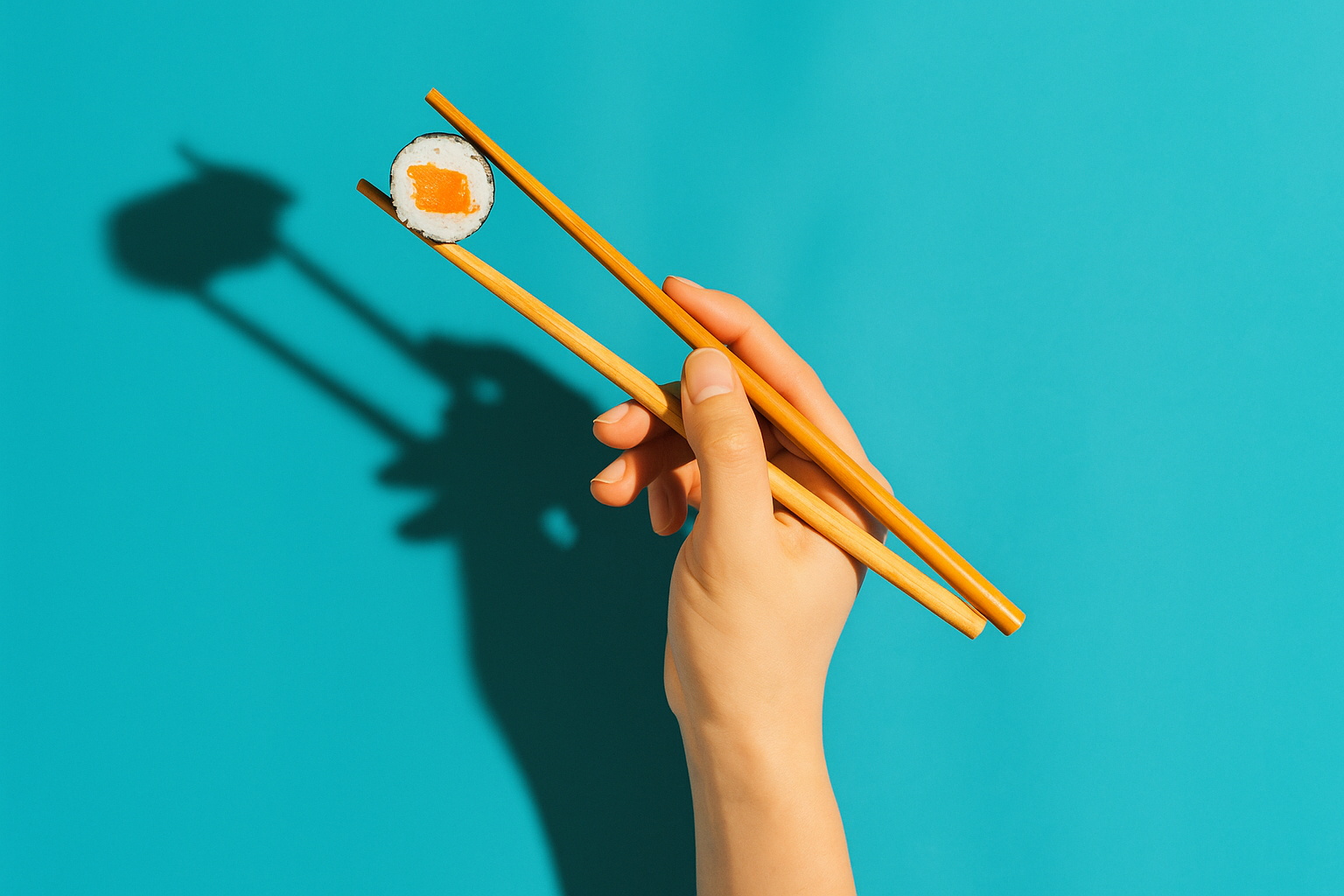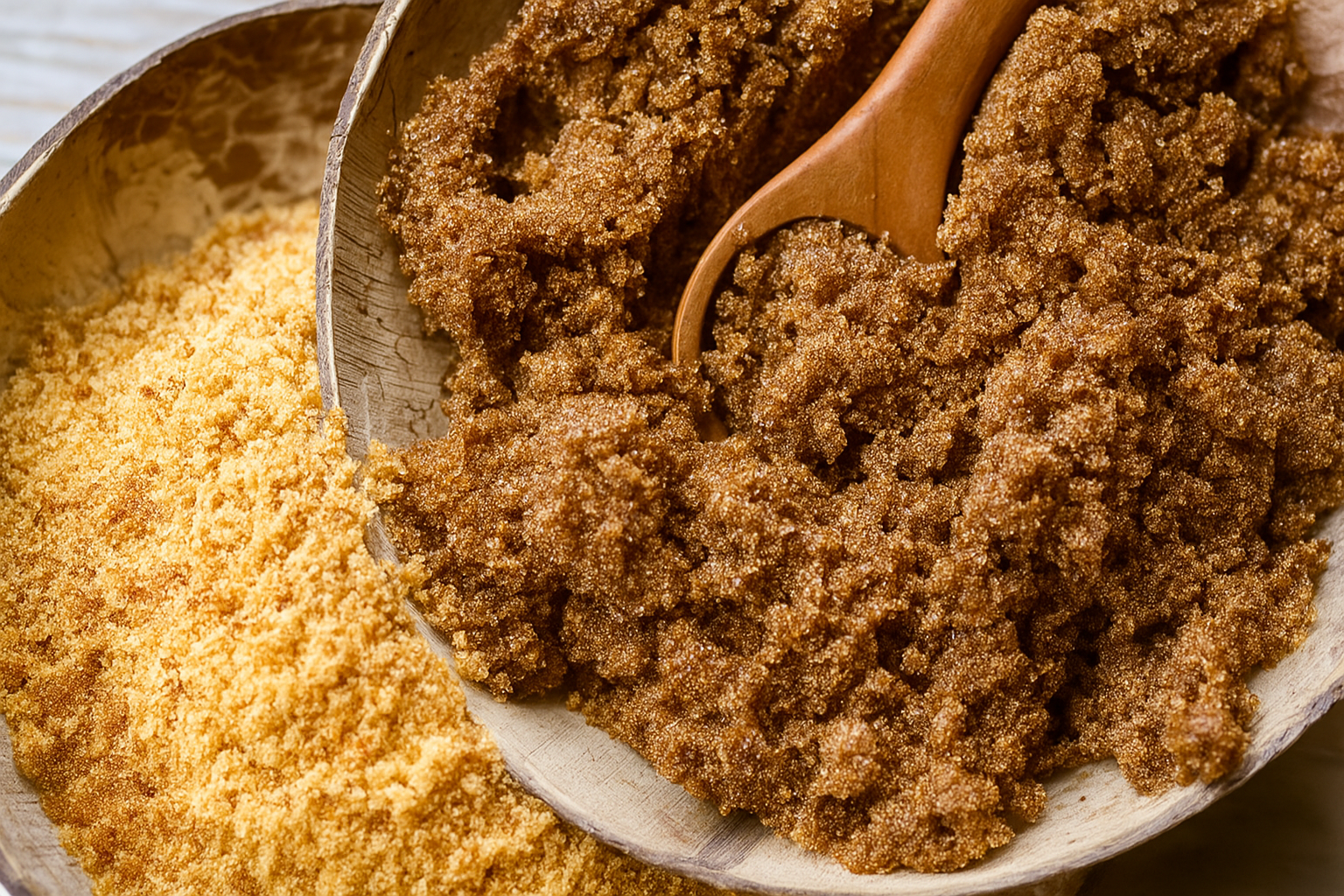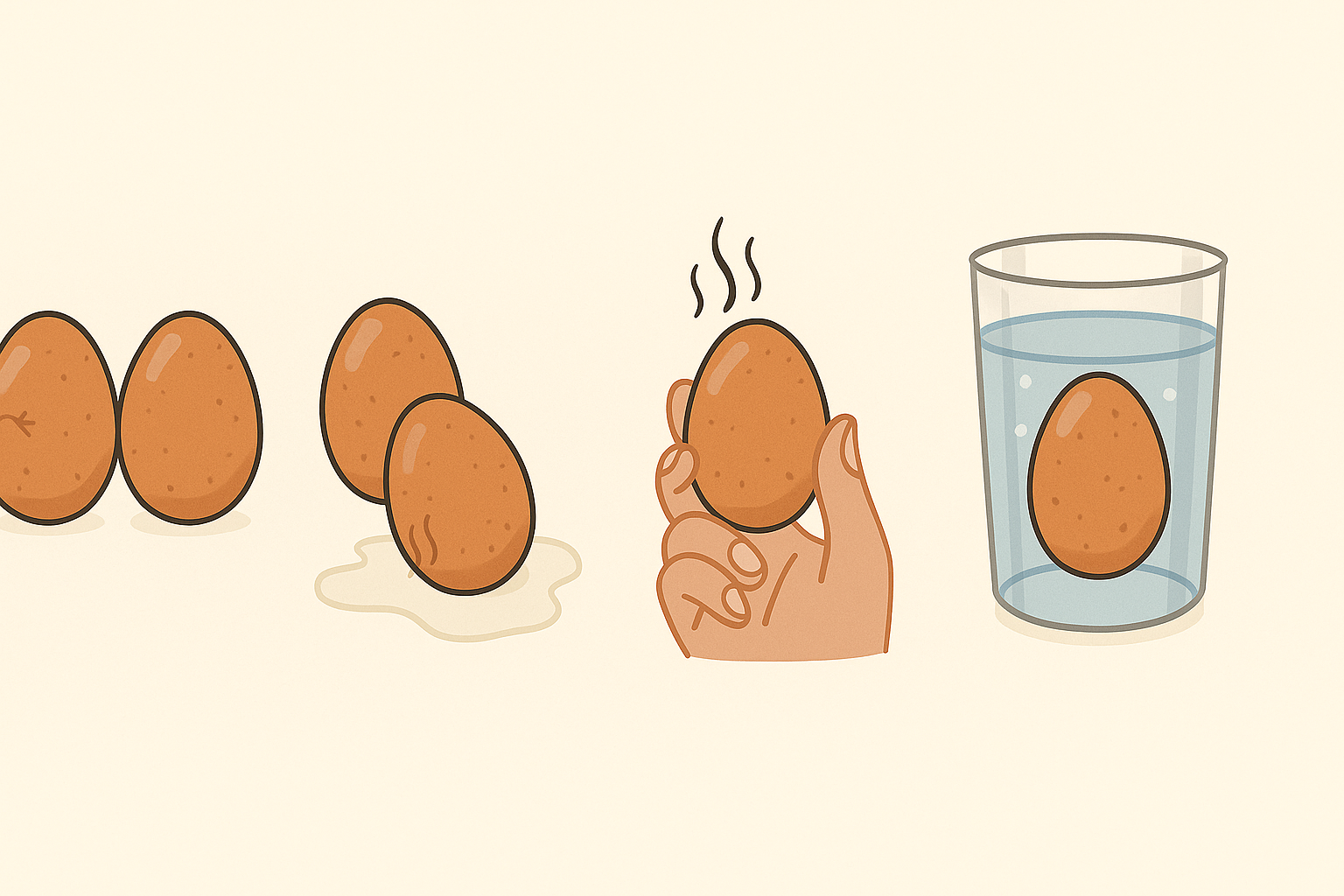What Are Borax Crystals?
Borax crystals are solid structures that form when borax (sodium borate), a naturally occurring mineral, is dissolved in water and allowed to recrystallize. The process involves evaporation and supersaturation, two principles that help turn a simple chemical into a stunning piece of natural art.
The crystals are often colorless and transparent, resembling quartz or diamonds, but they can be dyed easily to create beautiful decorations.
Understanding Borax: The Science Behind the Crystals
Borax, chemically known as sodium tetraborate decahydrate, is a white powder made of soft colorless crystals that dissolve easily in water. It is composed of sodium, boron, oxygen, and water.
When you dissolve borax in hot water, the solution becomes supersaturated, meaning it holds more dissolved material than it would at room temperature. As the solution cools or water begins to evaporate, the borax begins to precipitate out of the solution, attaching itself to surfaces like a string, pipe cleaner, or jar wall—forming crystals.
Materials You Need to Grow Borax Crystals
Creating borax crystals is an easy and inexpensive project that you can do at home or in a classroom. Here’s what you’ll need:
- Borax powder (available in most supermarkets or online)
- Boiling water
- Glass jar (like a mason jar)
- Spoon or chopstick
- String or pipe cleaners (to give crystals something to grow on)
- Food coloring (optional)
- Pencil or stick (to suspend the string)
Step-by-Step Guide to Growing Borax Crystals
- Prepare the String or Shape
- Tie a string to the middle of a pencil or chopstick.
- Attach the other end to a paper clip or shape made from a pipe cleaner.
- Make sure the object can dangle freely in the jar without touching the sides.
- Tie a string to the middle of a pencil or chopstick.
- Make the Solution
- Boil about 2-3 cups of water.
- Add 3 tablespoons of borax powder per cup of water and stir until completely dissolved.
- If you want colorful crystals, add a few drops of food coloring.
- Boil about 2-3 cups of water.
- Pour the Solution into a Jar
- Carefully pour the hot borax solution into the glass jar.
- Suspend the string (with the shape or paper clip) into the jar so it’s submerged but not touching the bottom.
- Carefully pour the hot borax solution into the glass jar.
- Let It Sit
- Place the jar somewhere it won’t be disturbed.
- Let it sit overnight. Crystals will begin forming within a few hours and grow bigger as the solution cools.
- Place the jar somewhere it won’t be disturbed.
- Remove and Dry
- Once the crystals have formed, carefully remove the string or shape.
- Let the crystals dry completely before handling.
- Once the crystals have formed, carefully remove the string or shape.
Why Do Borax Crystals Form?
Crystals form due to the precipitation process. When a solution becomes supersaturated, it holds more solute (borax) than it normally would. As the solution cools or water evaporates, the excess borax needs a place to settle—and it bonds together in a repeating pattern called a crystal lattice.
The formation is guided by several factors:
- Temperature (hotter water holds more borax)
- Time (longer exposure allows larger crystals)
- Surface area (objects in the solution help crystals attach)
Safety Tips When Using Borax
While borax is generally safe to handle in small amounts, it should always be used with care:
- Avoid ingestion: Borax is not edible and can be toxic if swallowed.
- Wear gloves if you have sensitive skin.
- Keep away from pets and small children.
- Do not pour borax water down the drain in large quantities; dispose of it in small amounts with plenty of water.
Creative Uses for Borax Crystals
Aside from being an educational science experiment, borax crystals can be used in a variety of decorative and functional ways:
- DIY ornaments: Especially popular during Christmas or holidays.
- Jewelry: Make glittering pendants or earrings using dyed crystals.
- Home décor: Place large crystals in a glass display or terrarium.
- Teaching aid: Perfect for demonstrating chemical reactions and crystal growth in classrooms.







Leave a Reply